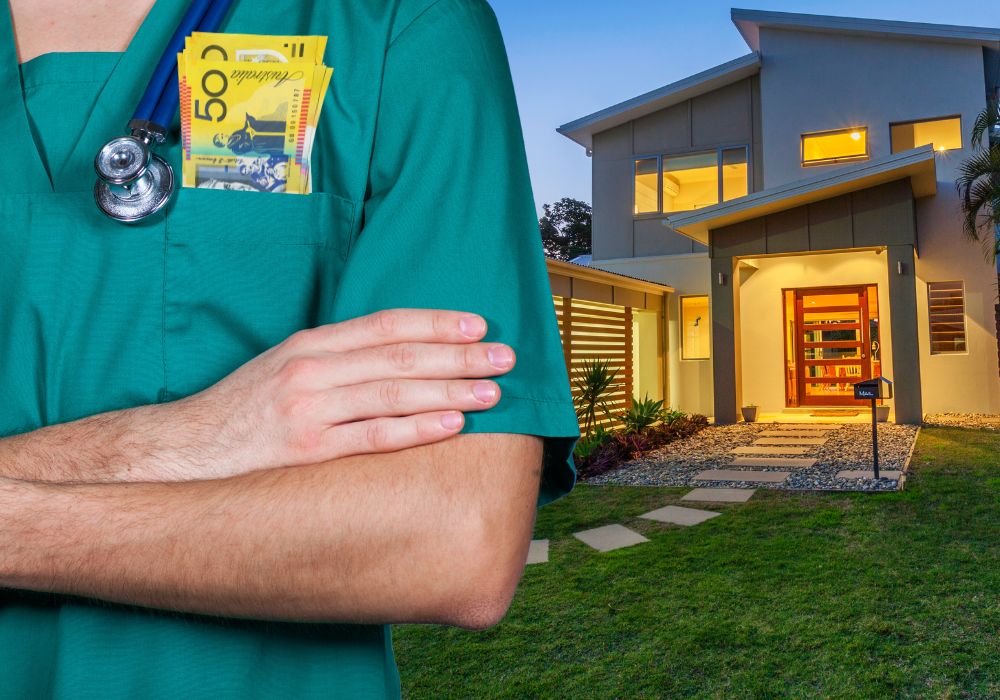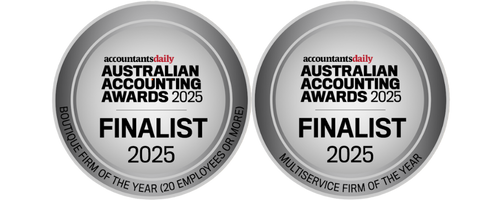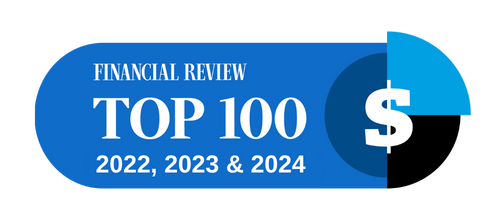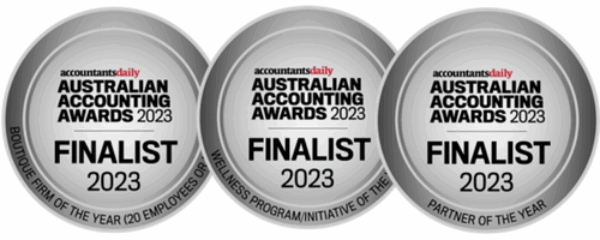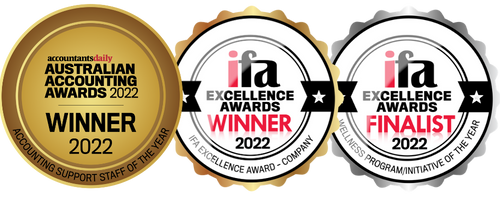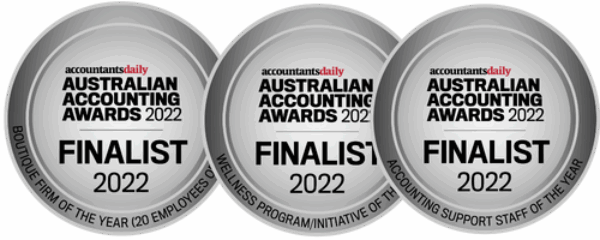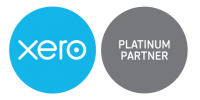Structuring your home loan to get the best possible tax outcomes as a doctor is vital, considering the huge amounts you send to the tax man every year. At Walshs, we are specialists in not only securing market-leading home loans for doctors but in supporting your future wealth health. As such, we’ve created this handy three-point checklist to keep in mind when structuring your new home loan.
STEP ONE: Minimise the deposit.
According to Walshs Director Peter Hodgson, would-be homebuyers should put down the least amount of deposit possible while avoiding Lender’s Mortgage Insurance (LMI), providing the property is set to become a future investment.
“This is completely at odds with what most people want to do because a bigger deposit means you’ve got a smaller mortgage and therefore lower repayments and less interest,” Peter says.
“But in the long run, if you move out and that property becomes an investment, all of that debt is now tax-deductible,” he says.
We at Walshs have exclusive policies in place with all major Australian banks that allow doctors to borrow up to 95% of the purchase price and 85% for non-medical professionals, allowing you to get away with a skimpy deposit and still skip LMI.
Additionally, if you have existing equity in an established property or access to the parental bank (aka guarantor), your deposit could become even more meagre, or removed altogether.
STEP TWO. Use an offset.
Rather than put every last dollar down on a deposit or make extra mortgage repayments into a redraw facility, Peter says any extra cash you earn should be placed into an offset account.
“If you had a $500,000 home loan and $100,000 in an offset account, you could claim a full tax deduction on the $500,000 loan, which would be a $25,000 deduction.
“But if you put $100,000 in the redraw account and took that money out, the tax office will see there’s a loan of $500,000 but you’ve taken money out for personal gain, therefore you can’t claim as much of a deduction.”
STEP THREE. Go interest-only.
If you’ve got a couple of properties on the go, Peter says the order to paying off your debt for the best tax outcome is home loan first, followed by tax-deductible debt (aka investment loan).
“There may be some merit in placing your investment on an interest-only loan because more of your annual income can go towards paying off your home loan quicker instead of the tax-deductible investment property,” Peter says.
On the flipside, if you have a large pool of cash in an offset and your solo property will become a future investment, Peter says it might pay to make a portion of the loan interest-only: “therefore you’re not paying any interest and you’re preserving that debt and your money in an offset as a future deduction”.
…. GET A HEALTH CHECK
If you’ve already got one or more properties under your belt, have you considered a home loan health check to ensure your debts are in tip-top shape?
Switching spots from doctor to patient, the medical mortgage specialists at Walshs will give your loan/s a full once-over, looking at terms, rates, repayment options and equity to protect your future wealth health.
Book your free health check here or give us a call on (07) 3221 5677.
